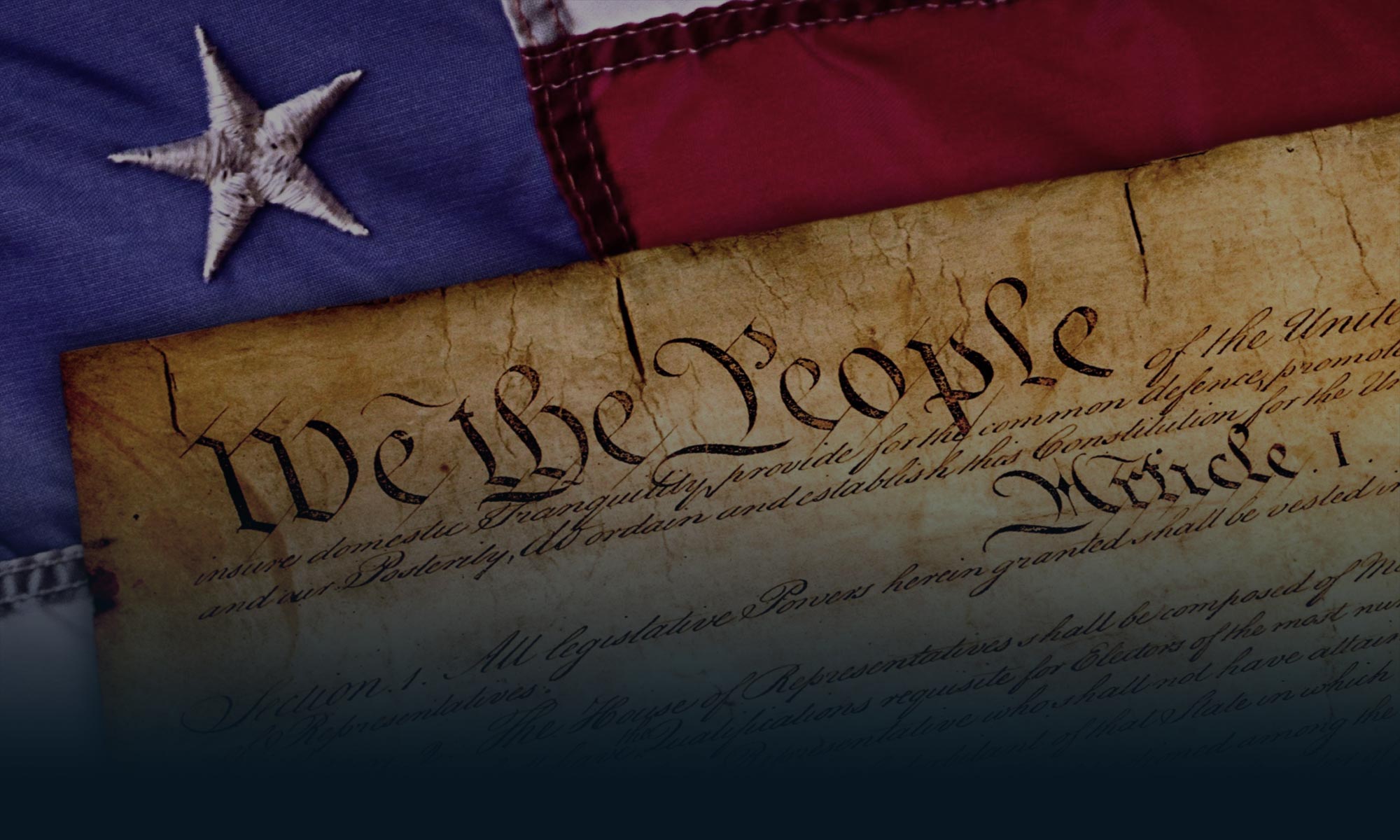If you’re not alarmed by the assault on the First Amendment and free speech generally, you’re not paying attention.
Consider the list of offenses committed by the government. They range, in recent times, from the Department of Justice’s spying on the phone records of reporters at the Associated Press, to the National Security Administration’s domestic call tracking, and from the IRS’s targeting of conservative nonprofit organizations, to the suggestion by the ranking Democrat on the Federal Elections Commission that political speech on the Internet should be regulated.
Other examples include the Obama Administration’s resistance to Freedom of Information Act requests, as documented in a study by the AP, and the issuance, by the CIA, of a subpoena to James Risen of the New York Times, demanding the identity of one of his confidential sources.
The party-line passage, by the Federal Communications Commission, of its so-called “Net Neutrality” regulations is another example. In addition to inaugurating the regulation of the formerly unregulated Internet, the Title II approach adopted is certain, as FCC Commissioner Pai has warned, to open the door to attempts to use this regulation for purposes that, both intended and unintended, undermine free speech.
The most recent example of governmental speech suppression is the subpoena served on the online version of Reason magazine by the U.S. Attorney’s Office for the Southern District of New York. The subpoena, which for a time came with a gag order, demanded to know the identity of a handful of commenters that, angry about the life sentence handed down to the founder of the drug trading site, Silk Road, wrote denunciations of the judge who presided over the trial.
An example of one of the comments that occasioned the U.S. Attorney’s subpoena for the identification of that commenter: “I hope there is a special place in hell reserved for that horrible woman.”
So there it is. Your taxpayer dollars at work! And not just by a few bureaucrats, but by a veritable army of them: DOJ, NSA, CIA, IRS, FEC, FCC. As Everett Dirksen might have put it, an agency here and an agency there, and pretty soon you’re talking about some real government.
Making matters worse and infinitely more depressing is the assault on free speech being committed by people wielding the bludgeon of political correctness, a concept that from the beginning symbolized the very opposite of free speech.
The venues of choice for the PC speech police are mainly the media (social media especially) and college campuses, and 2014 was a banner year for such stuff.
Take, for instance, the petition generated by two “climate change” groups in February of last year. Having collected 110,000 names, the groups demanded that the Washington Post stop publishing “editorial content denying climate change.” The Post refused, but the Los Angeles Times happily adopted a policy that was similar to what the groups were demanding.
And then, of course, there are the campuses. Last year’s examples of campus “disinvitation” campaigns against speakers such as Ayaan Hirsi Ali, Condoleeza Rice, and Christine Lagarde have been widely chronicled, but the beat goes on.
In its 2015 Spotlight on Speech Codes, the Foundation for Individual Rights in Education (FIRE) found that 54 percent of some 400 public colleges and universities it sampled maintain speech codes that violate the First Amendment.
FIRE’s response to this state of affairs has been to create a free speech litigation program that threatens offending colleges and universities with legal action, and the organization has had some notable successes. But it’s doubtful that legal action alone will put the brakes on a concept that’s never depended on the law for its foundational principles or propagation.
Incubated on campus by activists and ideologues, and disseminated through the media, half-baked theories like “white privilege” and “microaggressions” and practices like “trigger warnings” and “speech codes” need to be challenged in those same venues by arguments based on logic, history, and science.
Absent this, and without congressional action to rein in the out-of-control federal agencies, free speech in the United States is at risk of becoming a dead letter; extant in the Constitution but without force or meaning.
The opinions expressed above are those of the writer and not of The Media Institute, its Board, contributors, or advisory councils.

